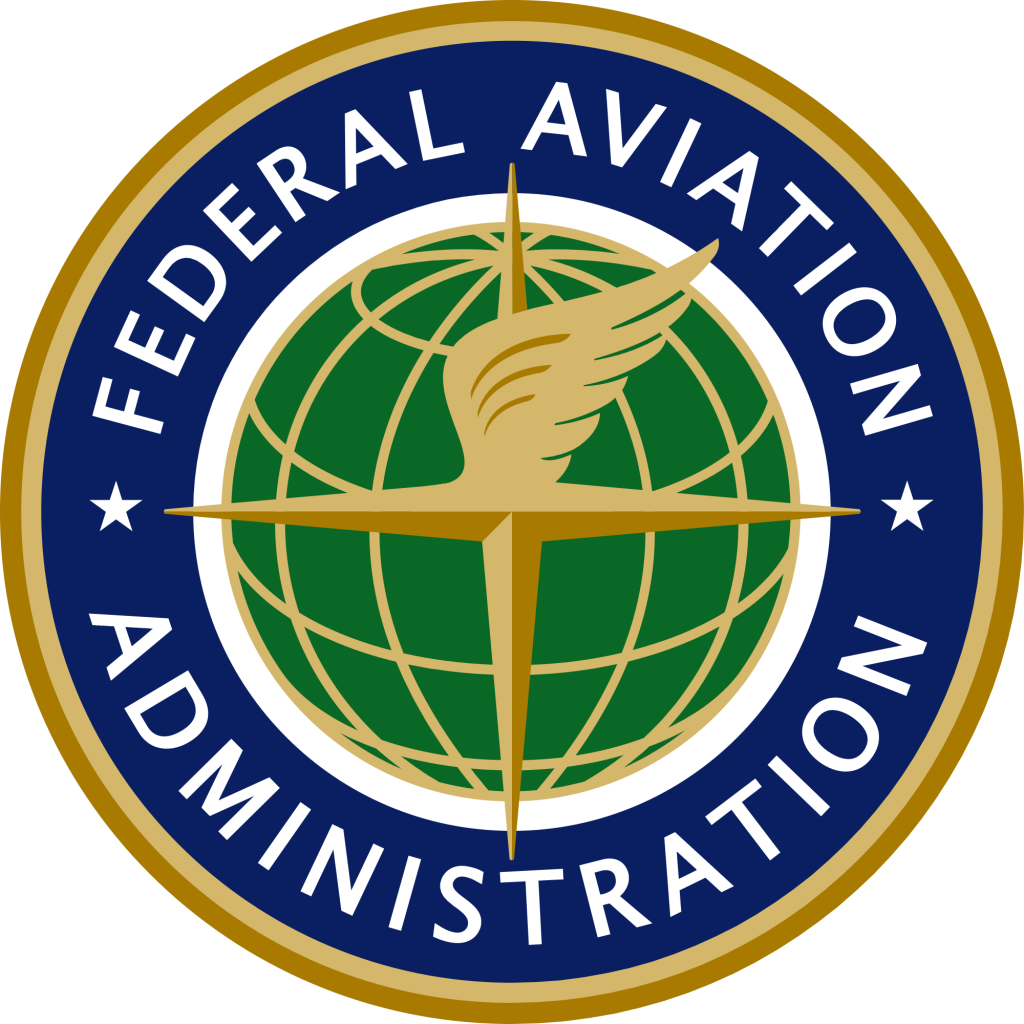
The partial government shutdown began on December 21, 2018 as President Trump applies pressure to Congress to approve funds for a wall along the US Southern border. Below I outline the effect on the FAA and aviation.
Federal workers are learning what is can be like in the private sector. Many who work in private industry have been exposed to layoffs, cutbacks, downsizing and cost cutting measures. Those work for the federal government are not used to these harsh realities of life. They are now learning that a paycheck does not always “magically show up” in their bank account every two weeks.
The effects are felt in the Federal Aviation Administration (FAA), which regulates the airline and general aviation industries. Below are the areas that are and are not affected by the shutdown.
FAA Functions that Continue
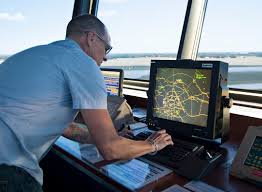
First, the Air Traffic Control (ATC) function was declared essential and is operating as normal. The controllers directed planes across the expanse of heaven are on duty, full force. Additionally, those that repair and maintain ATC equipment are at the ready.
The FAA Registry is similar to the Department of Motor Vehicles in many counties. They issue aircraft registrations and renewals. This function of the FAA is still operating.
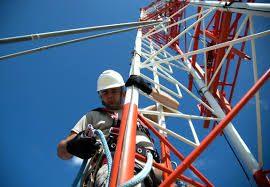
The FAA is also conducting safety oversight of the nation’s airlines. Some safety inspection managers have been on duty during the entire furlough. A large number were called back over the past few days. Airlines also have their own inspection officials. “Limited” aircraft certification can also take place.
What is Not Happening?
Meanwhile, 17,791 FAA employees are furloughed. The government halted work on the NextGen Air Traffic Control system. Routine background checks are suspended as is certain drug testing. Those that work in aviation rule making were declared non-essential. Those that believe we have too many rules already, are likely relieved to hear this.
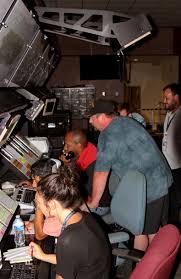
Air Traffic performance analysis and air traffic control specialist development/training are also halted. This could have a long-term effect on the flying public. Air Traffic controllers are trained over a long period of time and with impending retirements, the FAA needs all the controllers they can get. Training is now suspended as the training facility is closed during the shutdown.
The key phrase is “life and safety”. If the position is deemed to affect “life and safety” then the positions continue as normal. Those without such a label are laid off with no pay.
What about the TSA?

So what about the Transportation Safety Admiration? The TSA is declared “life and safety” and remain on duty. You will still have someone to tell you to take off your shoes, empty your laptop computers from bags and surrender all liquids over 3 ounces. Ditto for Customs for those traveling from overseas.
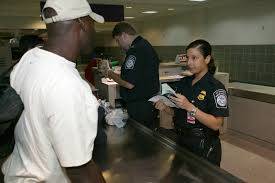
In summary, functions essential to commercial travel remain in place. Commercial airlines are private ventures so are outside the bounds of a partial government shutdown. However, the Air Traffic Controllers and maintainers, TSA agents, Customs agents, and aviation safety inspectors are all on duty. So for now, passenger traffic should feel little effect. The same can be said for general aviation. Unless one is seeking, “something that is not routine”, planes should continue to crisscross the blue.
For an overview of the impact on general aviation, see the following website: https://nbaa.org/aircraft-operations/the-government-shutdown-and-business-aviation/impact-of-the-government-shutdown-on-general-aviation/
Another helpful website: https://www.ainonline.com/aviation-news/business-aviation/2018-12-26/government-shutdown-furloughs-nearly-18000-faa-workers
An interesting take on avoiding future problems with the FAA can be found here: https://thehill.com/opinion/technology/424606-the-shutdowns-effect-on-air-traffic-control-and-how-to-end-it
